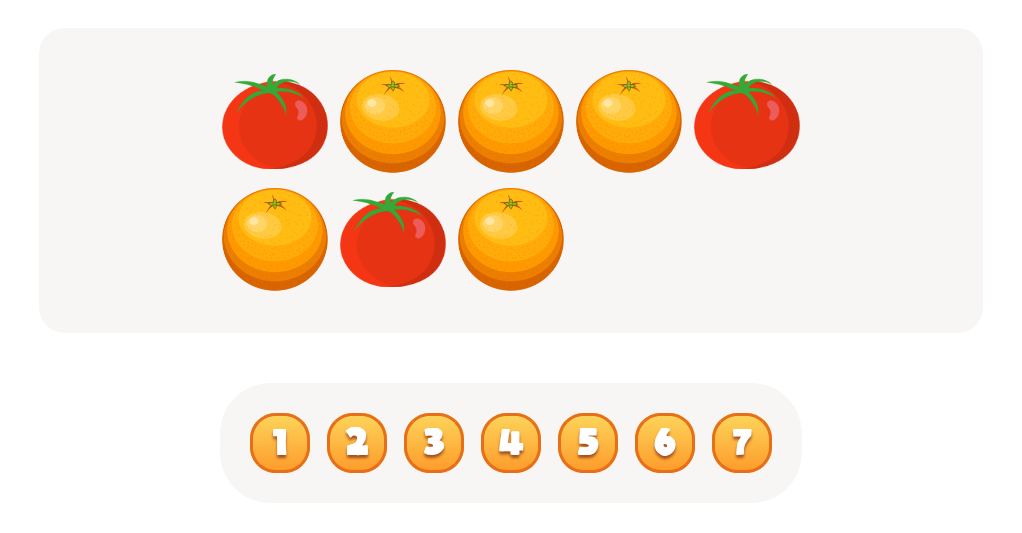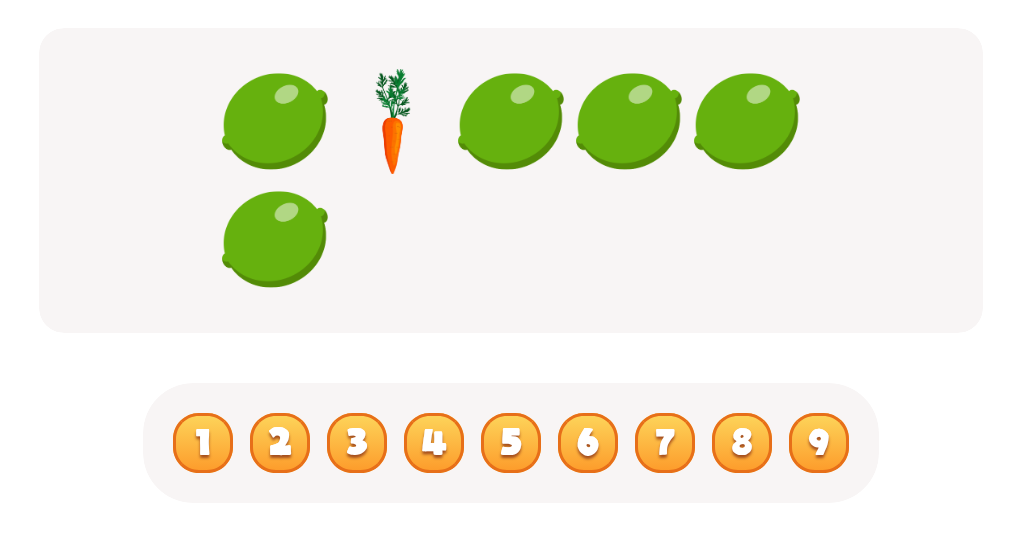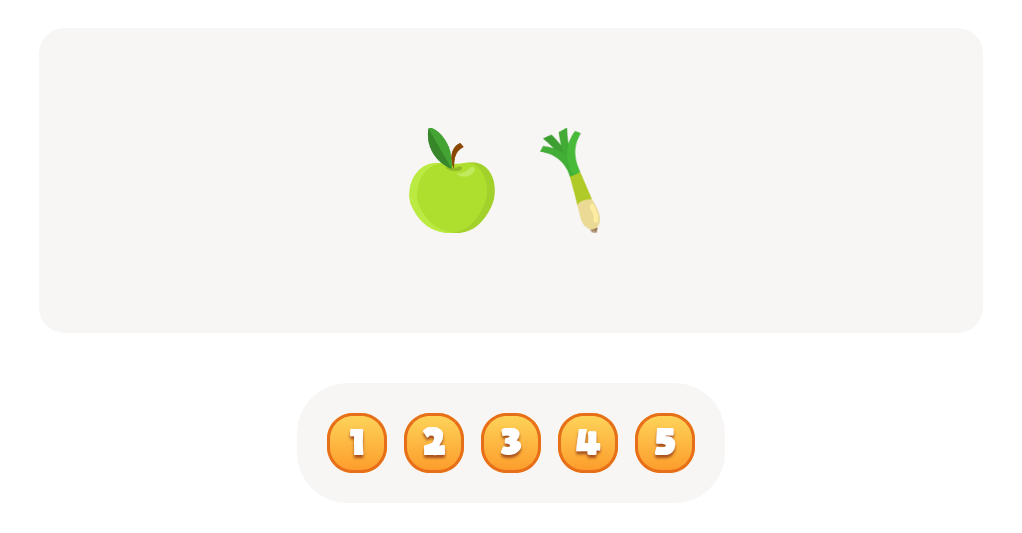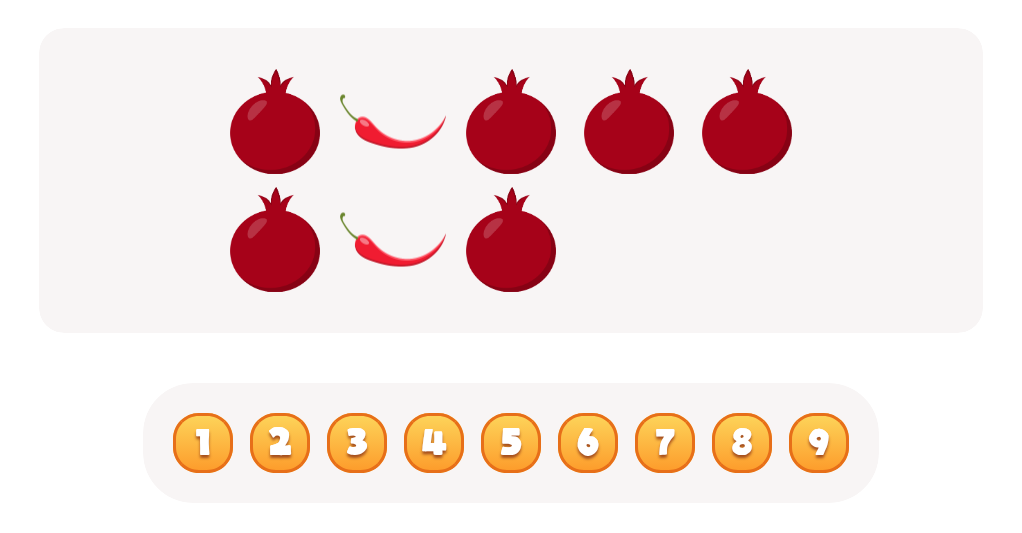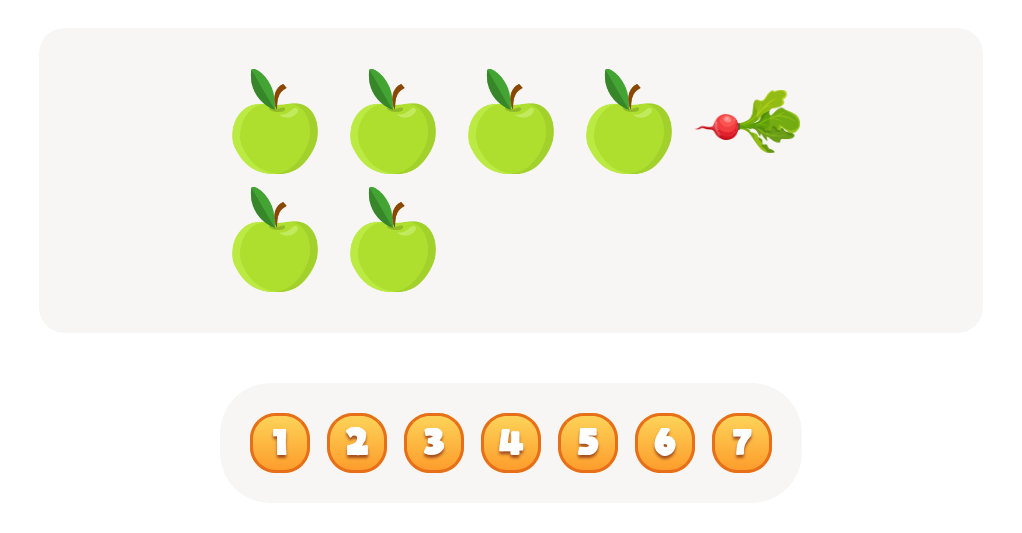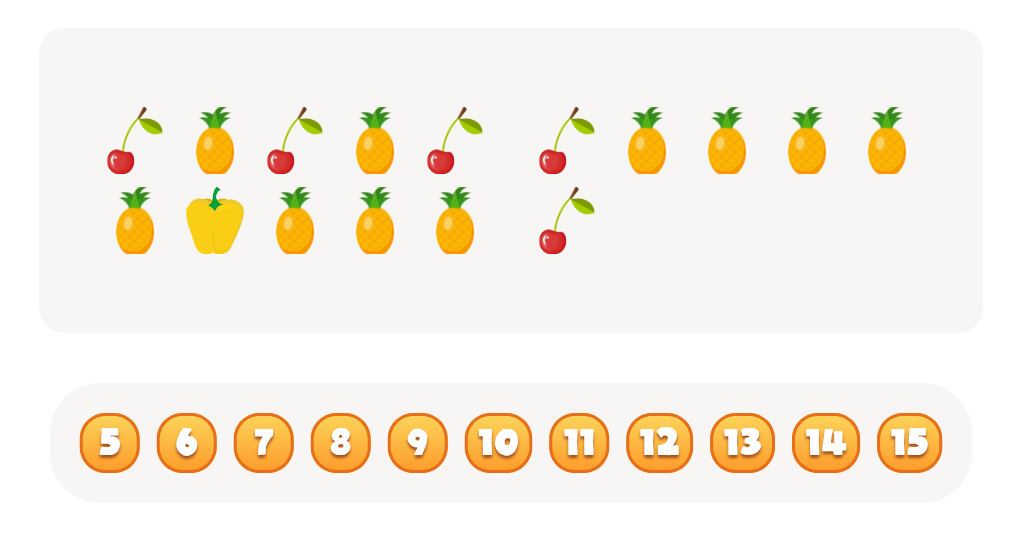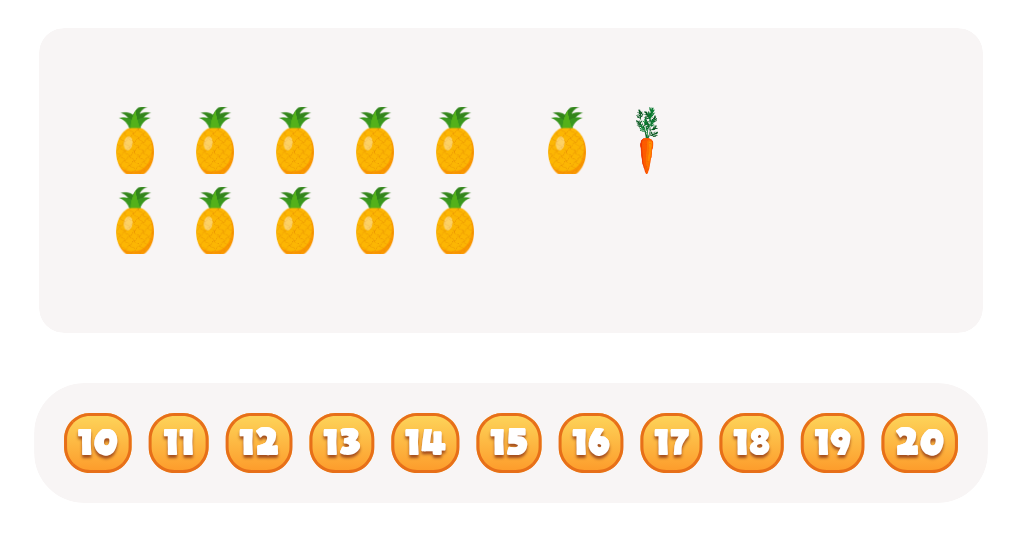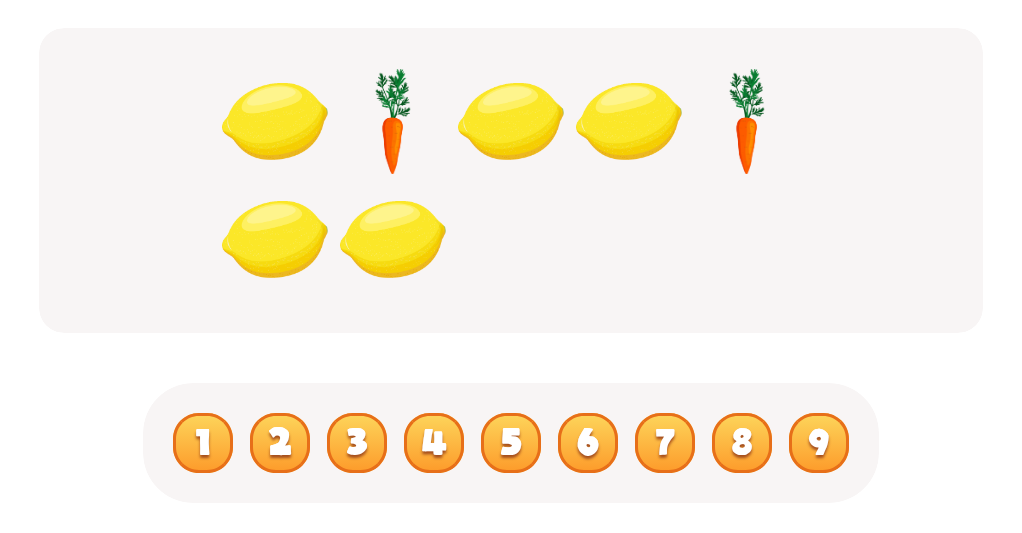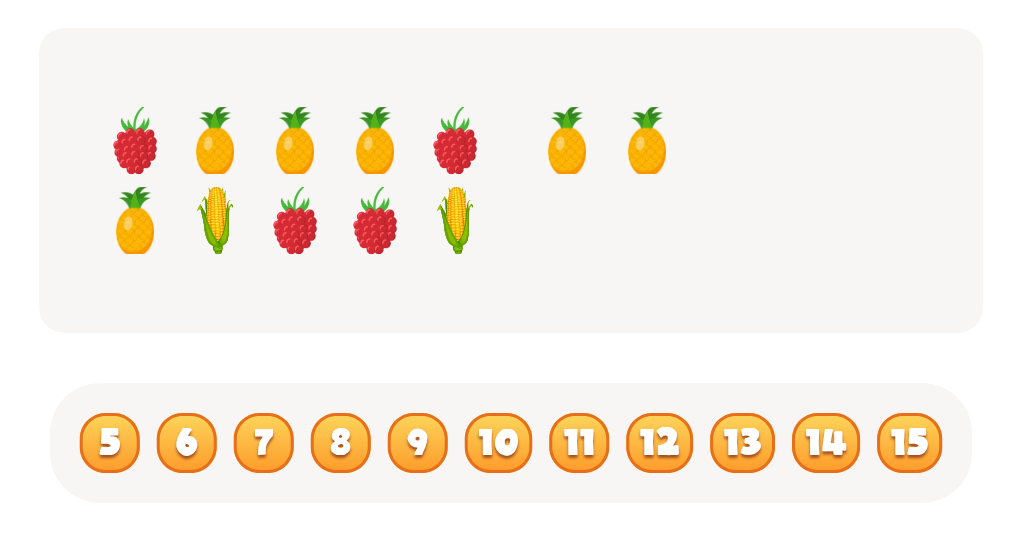Counting skills Normal Plants and Animals Worksheets for Ages 5-8
6 filtered results
-
From - To
Enhance your child's budding math abilities with our "Counting Skills Normal Plants and Animals Worksheets" for ages 5-8. Perfect for young learners, these engaging activities blend science and math education, helping children improve their counting skills while exploring fascinating facts about plants and animals. Each worksheet features vibrant illustrations and easy-to-follow instructions, encouraging children to count, trace, and number various plants and animals. Designed to be fun and educational, these worksheets are ideal for classroom or home use, providing a solid foundation in counting and helping to develop a love for nature and learning.
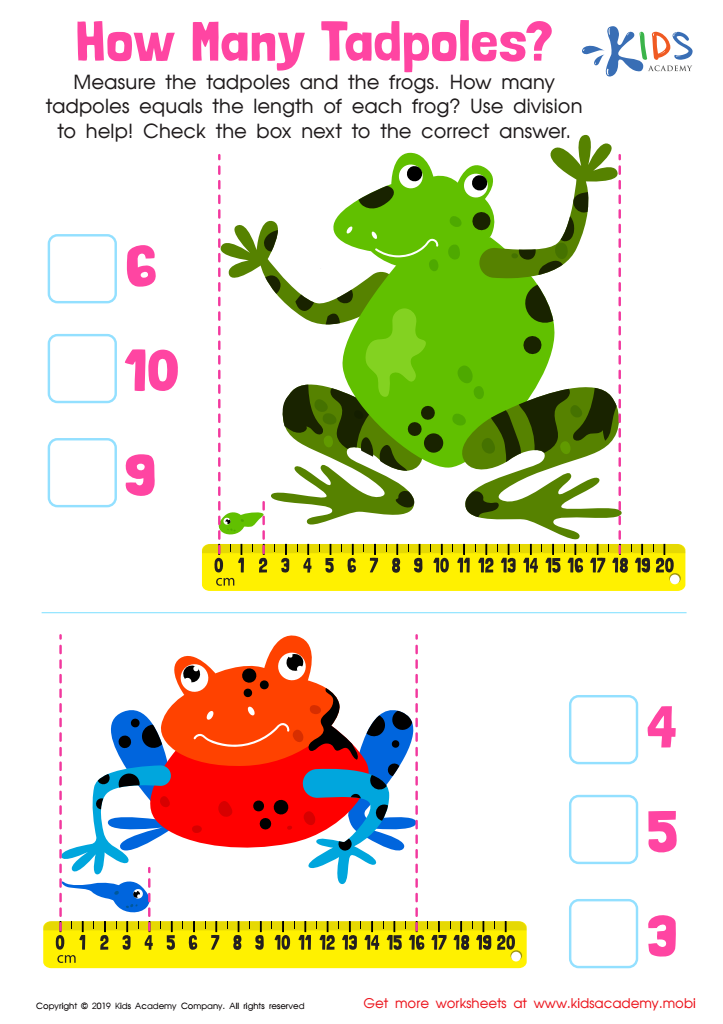

How Many Tadpoles Worksheet


African Wildlife: Giraffe Worksheet
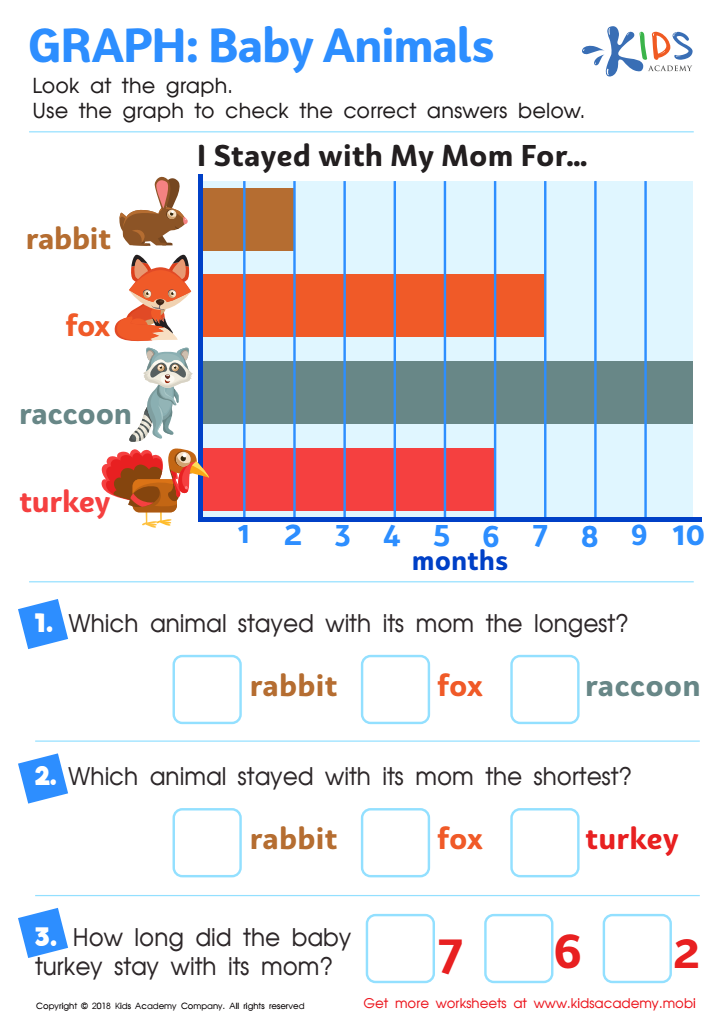

Graph: Baby Animals Worksheet
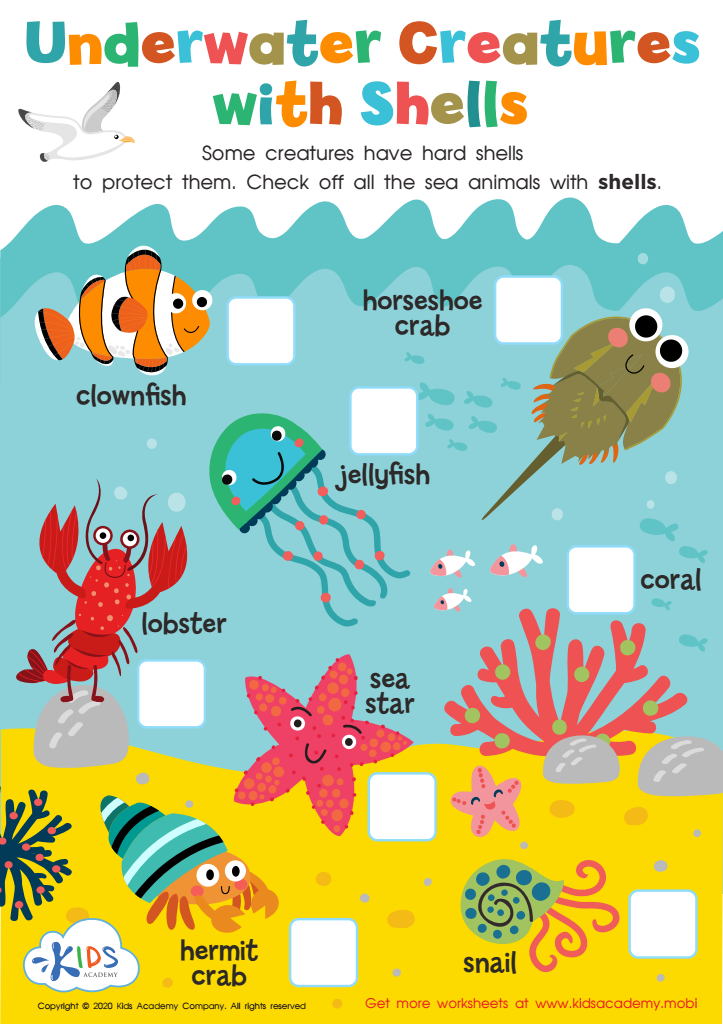

Underwater Creatures with Shells Worksheet
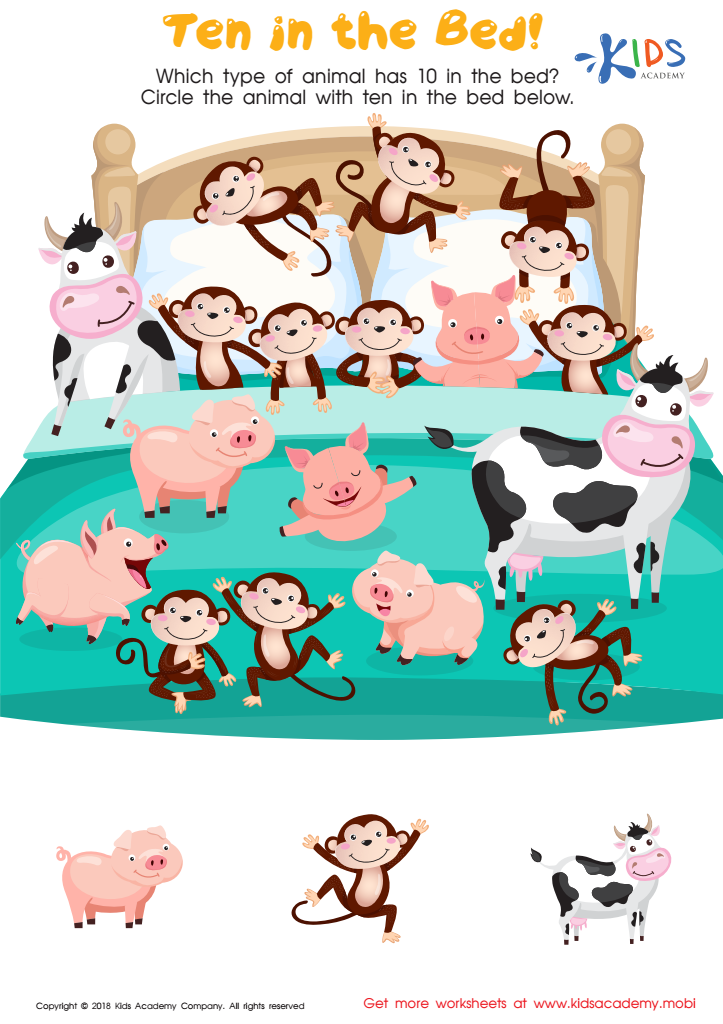

Ten in the Bed Worksheet


Find 5 Worksheet
Counting skills are fundamental for young children aged 5-8 as they form the basis for more advanced mathematical concepts. At this age, children begin to develop their number sense, which includes the ability to understand and use numbers effectively. Practicing counting helps them grasp essential ideas such as one-to-one correspondence, quantity, and numerical order. These skills are critical for everyday activities, problem-solving, and future educational success in subjects like arithmetic and geometry.
Understanding normal plants and animals is equally important for children in this age group. Exposure to basic biological concepts fosters a sense of curiosity and respect for the natural world. It enriches their vocabulary, improves observation skills, and lays the groundwork for scientific thinking. Learning about plants and animals encourages a sense of stewardship for the environment and can lead to responsible behaviors regarding conservation and biodiversity.
Integrating these topics can make learning more engaging and enjoyable. For instance, counting activities can be tied to observing the number of leaves on a plant or the legs on different animals. Such interdisciplinary approaches ensure that learning is comprehensive, fosters a deeper understanding, and connects abstract concepts with tangible real-world examples. Therefore, parents and teachers should prioritize developing counting skills and knowledge about nature to nurture well-rounded, inquisitive, and environmentally-aware individuals.
 Assign to My Students
Assign to My Students

